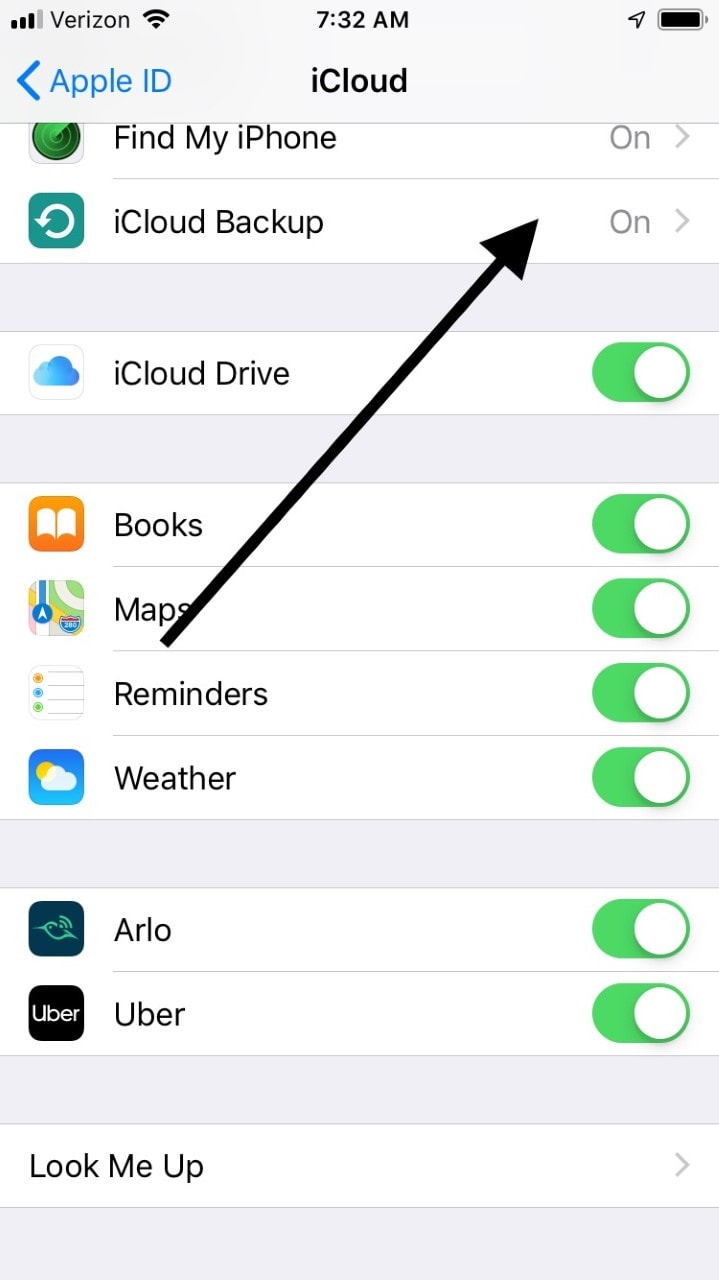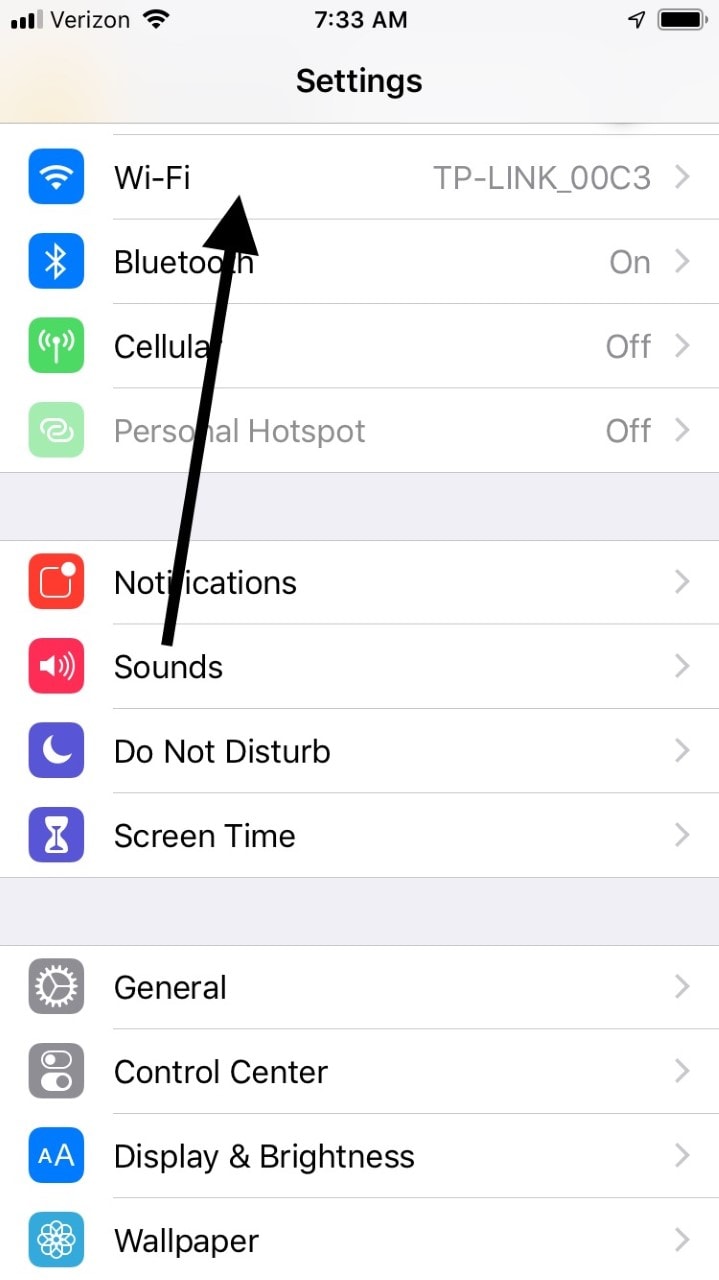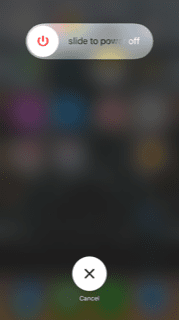What to do if Your iPhone is Not Backing Up
Backing up your iPhone is something that you need to do periodically. If your iPhone does not back up, then you could potentially lose some of your data. When we say “data,” what we mean is the configuration of your phone and everything that makes it uniquely yours. That includes your apps, pictures, videos, podcasts, music, etc. Your iPhone should back up with iCloud automatically. Sometimes, though, conditions arise where that does not happen. You’ll need to figure out what the problem is, then how to fix it.
Your iCloud Settings Might Be the Reason Your iPhone Backups are Not Working
The first thing that you should think of as a possibility if your iPhone is not backing up successfully is your iCloud settings. The feature needs to be switched on. If you have not taken the needed steps to enable it, then your iPhone won’t back up.
- Start by opening Settings, then tap your name at the top of the page. This will open your Apple ID settings.
- Select iCloud, then scroll down to where it says iCloud Backup. Tap it.
- You will see an iCloud backup slider. Toggle it to the on position, and you will see it turn green.
- When you see the prompt, chose Okay. Now, automatic iCloud backups are on. Your phone should back up every time that you plug it into an outlet and connect to Wi-Fi. Make sure that your iPhone is locked when you do this as well. Otherwise, it won’t work.

Your Wi-Fi Connection Could be Why Your iPhone Won’t Back Up
Another common reason for your iPhone not backing up with iCloud could be your Wi-Fi connection not working. If you’ve got a working Wi-Fi network at home, that is the ideal place for you to back up your devices. If your Wi-Fi connection is shaky, though, the process could be interrupted, or it might not even be able to start.
If you don’t see the Wi-Fi symbol on your phone, then you know that it’s not connected. You can easily do it, though.
- Open Settings, then tap Wi-Fi.
- Press the Wi-Fi slider, moving it to the green On position. Your iPhone will automatically join your network if you have set it up to do so. If you haven’t done this, then you’ll need to select your Wi-Fi network and enter your password.
If your Wi-Fi isn’t working, then you can turn off your router and then turn it back on. If that doesn’t work, then check all the connections. If you’re still having trouble, then call your internet provider. There might be a temporary failure in your area.

Are You Connected to a Power Source?
If you’re using iCloud to backup your device, then it will need to be connected to a power source. If an outlet is not available to you, you can also connect your phone to a computer, either a laptop or a desktop variety.
When you plug it in, make sure that the cable you are using is working correctly. If it is, you will see a battery icon at the top right of your phone’s screen. The official Apple cable is the preferred one for the iPhone. If you use a third-party cable, it might be cheaper, but these also have a higher possibility of failure.
Make Sure You Have Sufficient iCloud Storage to Back Up Your Phone
iPhone backups are what take up most of your iCloud storage allotment. If you don’t have enough storage space, then you will not be able to do a successful backup.
There is no set amount of space that you’ll need. That’s going to depend on how much data is on your iPhone. You might need only 1GB, or you might need as many as 4 or 5GBs. You can run out of room quickly, but there are ways around this problem.
To see how much space you have left, open Settings. Then, tap your name where you see it at the top of the page.Press iCloud, and select Manage Storage. Now you will see the iCloud storage page, and it will show you how much you have used and how much is left. If all 5GB of the allotted storage for your phone has been used, you’ll know that’s why you can’t execute a backup.

What Can You do if You’re Out of Storage for Your iPhone?
If your iPhone is out of storage space, then you’ll need to jettison some of what you have on there. Deleting old, backed up data is one way to go. That might be from the iPhone itself, or some of the apps. Deleting your iPhone backup will free up the most space, but then if you restore it as it was, you’ll run into the same problem. Because of that, deleting data related to your apps or the apps themselves is usually the way to go.
- Go to the iCloud storage page, and hit the app for which you would like to delete the backed-up data.
- You’ll need to press Delete Data. In some cases, it will say Delete Documents and Data instead, or Turn Off and Delete. Any of these options accomplishes the same thing.
- Press Delete again to confirm this is what you want to do.
You Can Also Upgrade Your Storage Plan
Upgrading your iCloud storage plan is another option offered by Apple. It’s at least worth considering. Usually, it costs just a few extra dollars a month on your phone bill, and you get to avoid this headache of having to choose which apps to delete. You will find an option to upgrade on the iCloud storage page. You’ll open up a lot of new space, and now you can take more pictures, shoot more video, or whatever else appeals to you.
Check the Status of iCloud
It is also possible sometimes for iCloud to go down for a while. The system is imperfect, and while it’s a rarity, that might be what’s causing you trouble. If you feel like the servers might be down, you can check on that by going to the Apple’s System Status page. If there is an outage in service, then it will mention it there, and it will also provide updates and an approximate timeframe when it will be up and running again. Usually, they’re quick to solve the problem.
Sign Out of iCloud, then Back in Again
Signing out of iCloud and then back in again is essentially a way of resetting your device’s presence on the network. That can be a solution sometimes with backup issues.
- Open Settings, then tap your name where you see it at the top of the screen.
- Scroll down through your Apple ID settings and press Sign Out.
- You should get a prompt to put in your Apple ID, followed by your password. Go ahead and do it. Tap Turn Off, deactivating Find My iPhone.
- Tap Sign Out, then tap Sign Out again when you see the prompt.
From there, you can tap Sign into Your iPhone and sign back in. After entering your Apple ID and password, your device should be recognized again. If there is another Apple device connected to your ID, you might get a code on it that you will be prompted to enter.
Once you are signed back in, connect to power, and see if the backup goes forward as it should. Many times, that will have resolved the issue.

Try Restarting Your iPhone
One last thing that you can try is restarting your iPhone. It’s a simple fix for many problems, so it’s worth a shot as well.
- Press and hold down the button on the phone’s right-hand side. After a few seconds have passed, you will see a slider come onto the screen and the option to shut down the phone.
- Slide the slider, and the phone will shut down.
- Wait a few seconds and then press and hold the button on the right-hand side again. The phone will power back on. Now try plugging the phone into power to see if the data will back up.
If you’ve tried everything that we’ve mentioned and nothing has worked, then you can either contact Apple Support through their website, or you can take the device into an Apple Store and talk to the Geniuses about the problem. Tell them everything that you’ve tried, and they can check to see if there is some kind of hardware issue or another possibility that you’ve been unable to detect.

